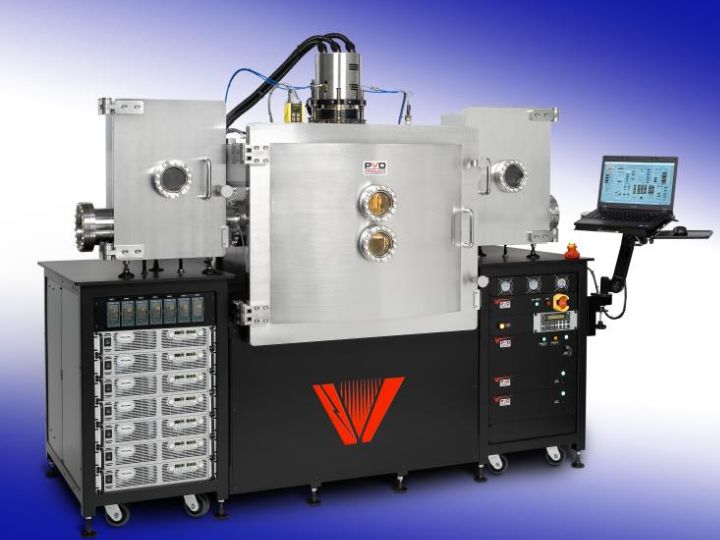

A researcher at the Advanced Manufacturing Institute and the Texas Center for Superconductivity at the University of Houston (TCSUH) has found a way to reduce superconductor failures, enabled by a Pulsed Laser Deposition (PLD) tool. The popular thin film deposition instrument will be purchased with an $800,000 grant from the U.S. Office of Naval Research.
At extremely low temperatures (as low as cryogenic temperatures), superconductors allow electric current to flow without resistance and produce strong magnetic fields. That's the principle behind Magnetic Resonance Imaging (MRI) machines, particle accelerators used for subatomic physics research, magnetically levitated high-speed trains deployed in Japan and minesweepers being developed by the U.S. Navy to detect undersea mines.
"The PLD tool will be used to fabricate thin films of several types of materials that can enable advanced superconductor tapes," said Venkat Selvamanickam, M.D. Anderson Chair Professor of Mechanical Engineering. Superconductor tapes are second generation superconductor wires in the form of metal tape.
"Specifically, we are developing 'intelligent superconductor tapes' that can inherently act as a very fast sensor to detect impending quench that can cause catastrophic failure of expensive coils, magnets and cables that are constructed with superconductors," said Selvamanickam.
Quench refers to a sudden transition from a superconducting state to a normal state. When a coil, magnet or cable that carries hundreds of amperes in a superconducting state suddenly quenches at a localized region, that portion of the coil, magnet or cable will be irreparably damaged.
"We have developed a novel method to use the superconductor itself as a quench detection sensor. A type of such an 'intelligent superconductor tape' requires incorporation of specific thin films in the superconductor architecture. The PLD tool will enable fabrication of those films," said Selvamanickam.
Thin films are very thin layers of material that scientists can deposit or apply onto surfaces to achieve unique properties not seen in a bulk form of the material. They offer a wide range of benefits and are utilized in various industries, including electronics, energy, optics, sensing and others.
Although magnet quenches are fairly routine, in 2008 at CERN's Large Hadron Collider, a magnet quench caused damage to more than 50 superconducting magnets.
The PLD will also be used in other projects led by Selvamanickam and other faculty and underwritten by the U.S. Navy, including improving energy storage and propulsion systems, enhancing high-performance of solid-state, flexible batteries and reducing fuel consumption and surface corrosion of ships.






